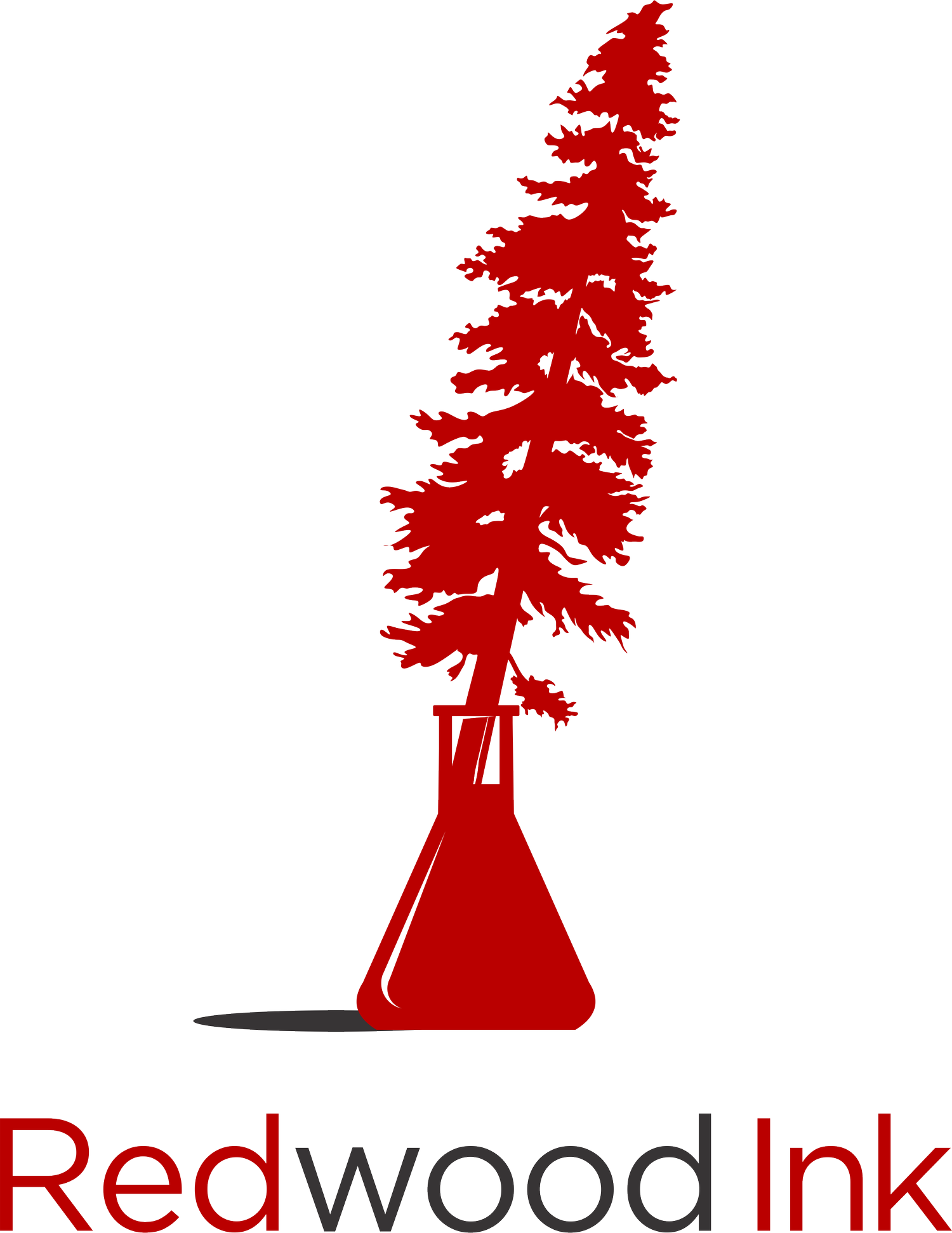How to Write a Compelling Title for Your Manuscript
The title is a critical part of your manuscript. It is your reader’s—and reviewer’s—first introduction to your paper. And you won’t get a second chance to make a first impression.
A manuscript title is a phrase that serves two important functions: to identify the main topic or point of the paper and to attract readers. The words in the title may determine whether readers can find your article in a database with search terms. Your title may also be the only thing that readers see in a list of search results. You need a strong title to ensure readers can find your article and to pique their interest in reading your work.
To capture your reader’s interest, here are 10 tips to help you write a strong manuscript title.
1. Point to the question and answer
Clearly reflect the topic of your study in one of two types of titles: descriptive or conclusive. A descriptive title states the main focus of the study (eg, the effect of X drug on Y condition), whereas a conclusive title states the main conclusion of the study (eg, X drug improves Y condition). When possible, use a conclusive title, which is more concise and compelling.
2. Place the most important words first
To attract readers, use the most important words first. Start with words you think will interest readers the most, such as the variables. Then use the less important words to describe the topic of the study in more detail. In some cases, you might use a main title and subtitle. But in general, avoid subtitles. They are less clear and compelling than titles that are phrases.
3. Use keywords
Use keywords that highlight the content of your manuscript. Writing the independent and dependent variable, the species or population studied, or the experimental approach can help readers easily identify the topic of your manuscript. Also, be sure to use keywords that can be understood, indexed, and retrieved by a database search, which will help readers more easily find your manuscript.
4. Use plain language
Use plain, direct language in your title. Plain language is clearer and make’s your reader’s job easy. Also, many online databases, such as PubMed, are freely accessible to the public. By using plain language in your title, you can more easily expand the reach of your work to researchers outside of your field, students, policymakers, and the public.
5. Keep it short
Aim to create a title that is concise and scannable. Remember that many readers scan titles in online databases and search engines. Also, most journals have a character limit for titles. Be sure to read the guidelines and follow them carefully. For example, JAMA limits the title length to 150 characters, including spaces and punctuation. If the journal does not have a length limit, keep your title within 10 to 12 words.
6. Avoid generic words
Do not use generic words in your title that could describe any study. Avoid words and phrases such as “research” or “a study of.” You want to use specific words that convey the key elements of your study.
7. Avoid noun strings
Noun strings can be ambiguous. Worse yet, they can be agonizing for non-specialists to digest. With the rise of multi-disciplinary research, you want your paper to be accessible to readers who may not be familiar with your field. Break up noun strings in your title to ensure the text is clear for anyone who may want to read your paper.
8. Omit unnecessary words
Many journals limit the length of titles. To help your title have the most impact with the least number of characters, leave out any words that are not needed. If you can remove a word and the title is still clear, then delete the word from the title.
9. Avoid punctuation
Aim for no punctuation in your title. You might think that using a colon or hyphen will create a clever title. But the added punctuation often means that your title could be more concise. And because many journals have character limits, you may need every character you can get to entice readers to read your manuscript.
10. Define abbreviations
Do not use abbreviations in the title. Remember that anyone can read your title, including non-specialists and the public. The only exceptions are standard abbreviations, such as DNA, HIV, or COVID-19. These terms are commonly known and do not need to be expanded in titles.
How to Develop a Manuscript Title
Follow the steps below to help you write a compelling title for your manuscript.
Step 1
Create a list of words and phrases that contain important information about your manuscript. You can often find these details in the abstract or in the question you describe in your introduction. You can also use word cloud software to highlight words that you use often in your abstract, which you may want to include in the title.
Step 2
Analyze your list of words and phrases. Are any of the words abbreviations? If so, are they standard abbreviations that you don’t need to spell out?
Step 3
Create titles by arranging the words or phrases into longer phrases that do not exceed the character limit. Draft as many titles as you can in an hour. Then, reduce your list to the top ten titles.
Step 4
Share your list with your collaborators, colleagues, or members of your lab. Ask them to pick the most exciting and informative title.
Step 5
Reduce your top ten list to three titles. Then work with the authors to pick which title stands out clearly above the others.
